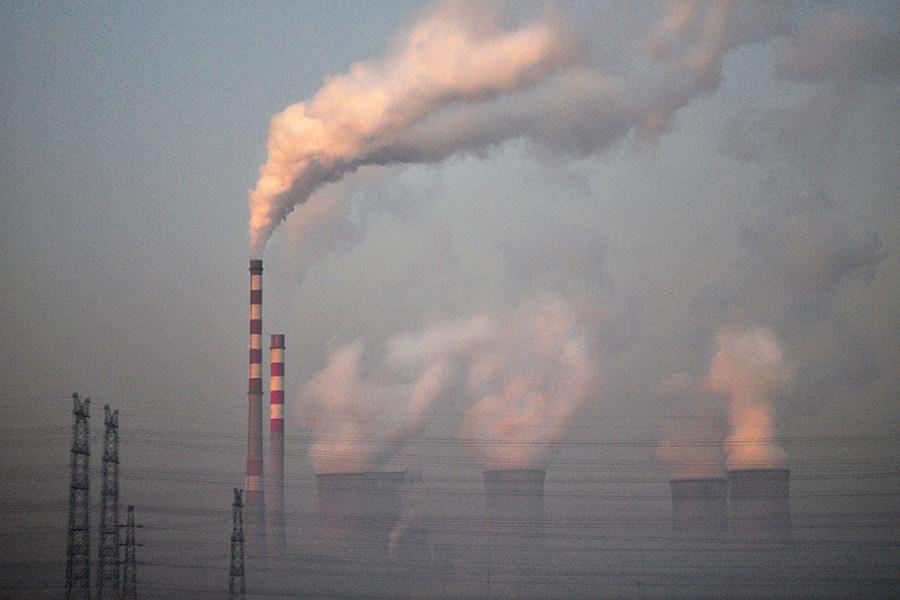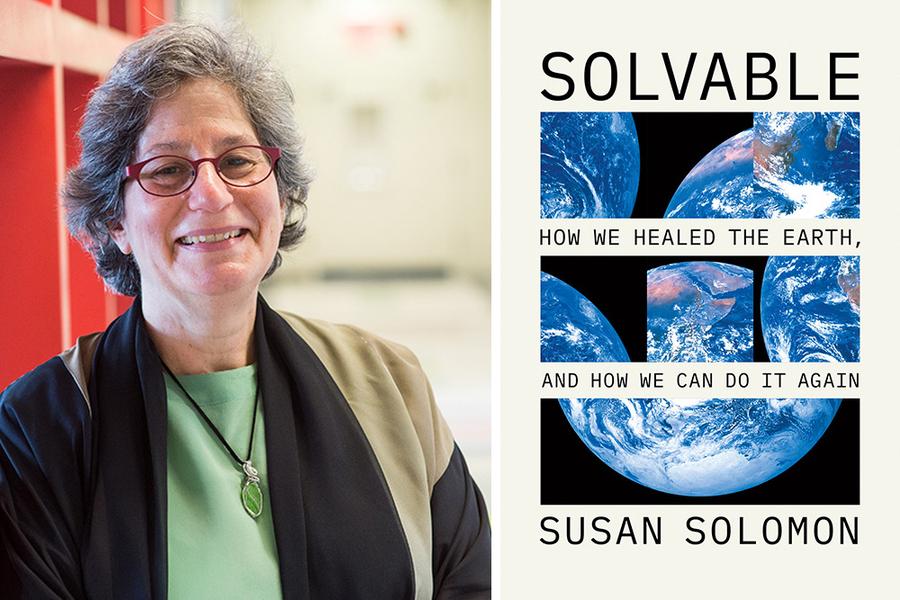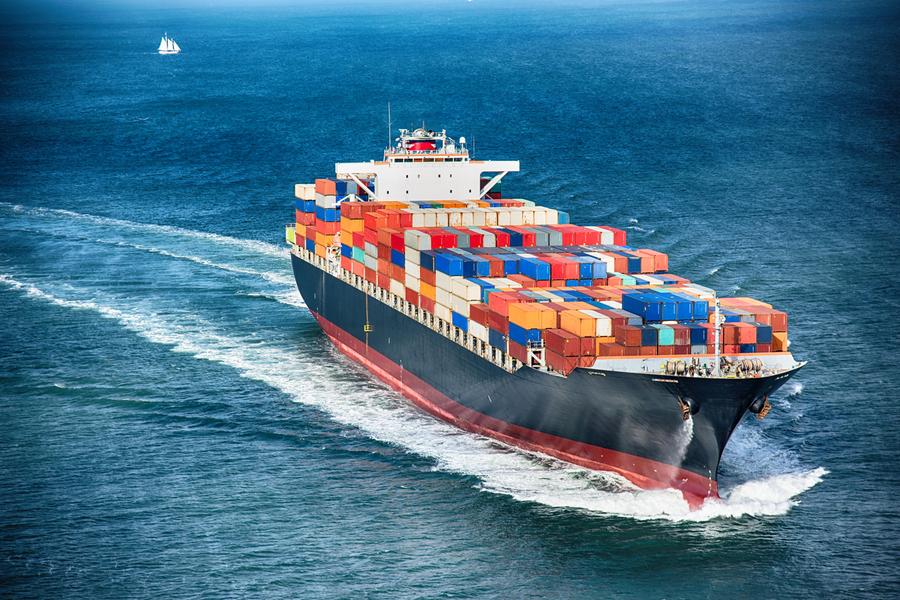News + Media

MIT Joint Program Co-Director Emeritus John Reilly highlights key challenges (Associated Press)
By ED DAVEY
Updated 7:04 PM EDT, August 7, 2024
Share
The world is falling well short of a promise made at global climate talks last year to triple the amount of wind power, according to a report by an energy think tank released Thursday.

Emissions are attributed to the country where they happen geographically—even if the energy produced, or the products manufactured, are destined for somewhere else (MIT Climate Portal)
August 5, 2024
Since the 1990s, countries have joined together in the United Nations Framework Convention on Climate Change (UNFCCC), a global agreement to address humanity’s planet-warming greenhouse gas emissions. As part of this agreement, member countries—which now include every...

The MIT School of Science is launching a center to advance knowledge and computational capabilities in the field of sustainability science, and support decision-makers in government, industry and civil society to achieve sustainable development goals.

Knowing where to look for this signal will help researchers identify specific sources of the potent greenhouse gas (MIT News)
Ozone can be an agent of good or harm, depending on where you find it in the atmosphere. Way up in the stratosphere, the colorless gas shields the Earth from the sun’s harsh ultraviolet rays. But closer to the ground, ozone is a harmful air pollutant that can trigger chronic health problems...

The effort to accelerate climate work at the Institute adds to its leadership team (MIT News)
The Climate Project at MIT has appointed leaders for each of its six focal areas, or Climate Missions, President Sally Kornbluth announced in a letter to the MIT community today.

Zero hunger. Affordable and clean energy. Reduced inequalities. These are among the sustainable development goals that the United Nations has established in pursuit of the long-term well-being of the Earth and its inhabitants. But achieving goals like these—whether by the UN’s 2030 deadline or...

Figure represents 64-66% of global output of tetrafluoromethane and hexafluoroethane, MIT study finds (The Guardian)
Emissions of two of the most potent greenhouse gases have substantially increased in China over the last decade, a study has found.

When it comes to heating up the planet, not all greenhouse gases are created equal. They vary widely in their global warming potential (GWP), a measure of how much infrared thermal radiation a greenhouse gas would absorb over a given time frame once it enters the atmosphere.

In a new book, Professor Susan Solomon uses previous environmental successes as a source of hope and guidance for mitigating climate change (MIT EAPS)
Susan Solomon, MIT professor of Earth, atmospheric, and planetary sciences (EAPS) and of chemistry, played a critical role in understanding how a class of chemicals known as chlorofluorocarbons were creating a hole in the ozone layer. Her research was foundational to the creation of the Montreal...

Ammonia could be a nearly carbon-free maritime fuel, but without new emissions regulations, its impact on air quality could significantly impact human health (MIT News) (Coverage: TradeWinds, Freight News)
As container ships the size of city blocks cross the oceans to deliver cargo, their huge diesel engines emit large quantities of air pollutants that drive climate change and have human health impacts. It has been estimated that maritime shipping accounts for almost 3 percent of global carbon...

